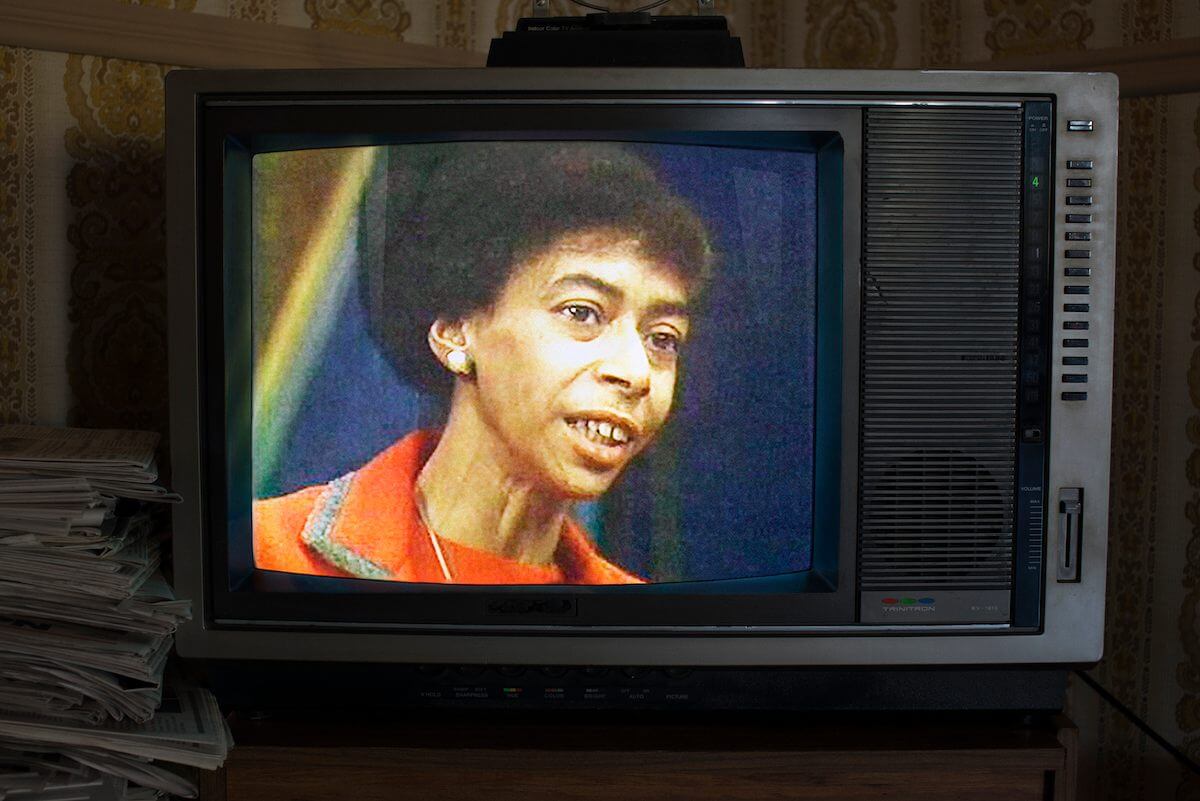A Black civil rights activist named Marion Stokes spent over thirty years building what many consider the most comprehensive personal collection of television recordings ever assembled. A viral Reddit post brought attention to her extraordinary dedication:
TIL of Marion Stokes, a civil activist who purchased a Betamax VCR in 1975 and never looked back, recording thousands of hours of television over nearly four decades with multiple VCR decks, creating an archive of over 70,000 tapes. It is the largest known archive of television by an individual.
- Advertisement -
The Reddit claim gets several details right. Stokes was indeed a Black civil rights advocate and television producer. Atlas Obscura profiled her remarkable story, explaining how she bought her first Betamax recorder in 1975, which launched her unprecedented archival mission. By 1980, she was running multiple VCRs around the clock—beginning with two or three machines and eventually operating eight simultaneously.
Different sources give conflicting start dates for her project. While many claim she began in 1975, the Philadelphia Inquirer reported that she started sporadically recording television in 1976. But her son, Michael Metelits, told the Inquirer in several interviews that constant recording began during the Iran hostage crisis in 1979, when “she hit record and she never stopped.” CNN’s launch in 1980 gave her project new momentum, as 24-hour news coverage meant reporters followed every story development in real time.
She kept recording until she died in 2012, capturing content from nine different news stations, according to the 2019 documentary “Recorder: The Marion Stokes Project.”
The documentary’s website confirms that her serious recording effort started in 1979. Whatever the exact starting point, she recorded for more than three decades. Her son described this as both an expression of her hoarding tendencies and “a form of activism.”
The documentary premiered at the Tribeca Film Festival to critical praise. It highlighted why her archival work mattered so much:
Before ‘fake news,’ Marion was fighting to protect the truth by archiving everything that was said and shown on television. The public didn’t know it, but the networks were disposing of their archives for decades into the trash can of history. Remarkably, Marion saved it, and now the Internet Archive will digitize her tapes and we’ll be able to search them online for free.
This is a mystery in the form of a time capsule. It’s about a radical Communist activist who became a fabulously wealthy recluse archivist. Her work was crazy, but it was also genius, and she would pay a profound price for dedicating her life to this visionary and maddening project.
Early reports in 2013 claimed she had roughly 140,000 VHS tapes documenting news coverage of revolutions, political scandals, and other major events. But the Internet Archive later corrected this figure to 40,000 once they started receiving shipping containers full of tapes from Stokes’ family. Her son donated the entire collection to the nonprofit organization famous for its massive online archive, with plans to digitize everything and make it publicly accessible.
Poynter published a correction to a Fast Company story about the digitization in 2014: “And there aren’t 140,000 VHS tapes, as Fast Company and Poynter wrote back in November. Just 40,000. The family overestimated.”
The Internet Archive also contacted Fast Company with an update:
The Internet Archive received four shipping containers of Stokes’ tapes in December. After conducting a sample inventory, it realized that the family’s initial estimate of the number of tapes was incorrect. The collection is about 40,000 tapes large. ‘I think it’s daunting when confronted with many storage containers, 20- or 30-feet deep, to figure it out,’ Macdonald says about why the mistake was made.
But in 2021, the Internet Archive tweeted a photo from when the tapes first arrived, updating the count to 70,000+:
2/ Here’s what Marion Stokes’ enormous collection of 70,000+ VHS tapes looked like upon arriving at our physical archive back in 2014. 📼📺 pic.twitter.com/YYrrz9p04u
— Internet Archive (@internetarchive) May 14, 2021
You can now access the tapes through the Internet Archive’s extensive collection at these locations:
Roger MacDonald, who founded the Internet Archive’s TV News Archive, shared current information about Stokes’ collection with us:
Our current best count of video cassettes in the Marion Stokes TV Archive is 71,716. Although each has notations on the spine indicating programs recorded and dates, we have not counted the number of programs, nor their durations. […] We are looking forward to the time when we have sufficient funds to really making a dent in digitizing the vast collection and making it available online in our library.
Stokes’ collection isn’t the world’s largest television archive overall. Vanderbilt University holds that record, claiming “the world’s most extensive and complete archive of television news.” They’ve been “recording, preserving and providing access to television news broadcasts of the national networks since August 5, 1968.”
UCLA also claims to house “the largest university-held collection of motion pictures and broadcast programming.” Dartmouth’s Media Ecology Project ranks UCLA’s Film and Television Archive as “the second largest moving image archive in the United States after the Library of Congress, and the world’s largest university-based media archive.”
Atlas Obscura calls Stokes’ archive “the only comprehensive collection preserving this period [of 30-plus decades from the 70s to 2012] in television media history.” Multiple sources describe this as the largest known archive of television created by a single person. This assessment seems accurate, considering that recording this much material from a private residence was virtually unheard of during that era. No other personal project of this scope and duration has come to public attention.

